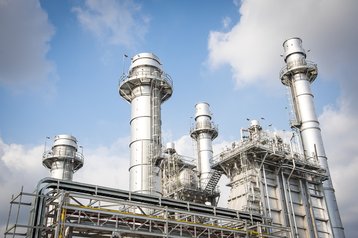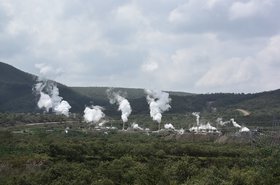US Energy Transfer and Williams Cos. are in discussions with data center operators about the possibility of building pipelines directly to their facilities.
Within the context of the artificial intelligence (AI) boom, data center power demands are continuing to grow, and many are looking at onsite power generation as a solution, reports Bloomberg.
Energy Transfer's co-CEO Marshall McCrea said in a call with analysts that the pipeline giant was in discussions with data centers of a variety of sizes, and that many of them want to generate power on-site.
The company is reportedly looking to expand currently connected plants and explore connecting with new power plants.
Williams Cos., a competitor of Energy Transfer, is seeing a similar growth in demand. “We, frankly, are kind of overwhelmed with the number of requests that we’re dealing with, and we are trying to make sense of those projects,” CEO Alan Armstrong said, adding that this is particularly in the southeastern part of the US and mid-Atlantic.
Unsurprisingly, included within these regions is data center hotspot Virginia, which has been struggling with data center power demand.
Dominion Energy, Virginia's local power provider's 2023 annual report said data centers represented 24 percent of Virginia Power’s electricity sales for the year ending December 2023, up from 21 percent in 2022.
The utility said individual facility demand is growing from around 30MW to 60-90MW, and campus requests are now ranging from 300MW to “several GW.”
In January 2024, PJM Interconnection revealed that it is expecting energy demand in its transmission zones to jump almost 40 percent over the next 15 years, driven largely by data center growth.
With increasing grid constraints, exploring onsite power is often the only way a data center development will be able to get approval.
A similar approach can be noted across the pond in Ireland. Following the defacto moratorium in the Dublin area, several data center projects looked for connections to the gas network instead of the electrical grid.
Ireland has since launched a private wire policy enabling company-owned transmission infrastructure to avoid the power bottleneck.







